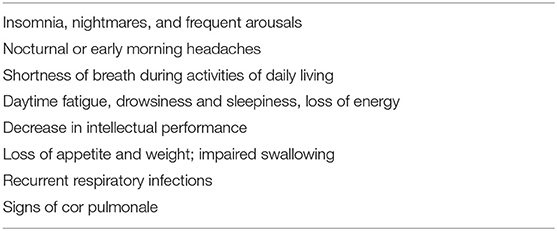

This is most apparent in changes of the dead space volume. The three types of ventilation are mathematically linked to one another, so changes in one ventilation rate can cause the change of the other. It is defined as VD=Dead Space Volume×Respiratory RateVD=Dead Space Volume×Respiratory Rate.Īdditionally, minute ventilation can be described as the sum of alveolar and dead space ventilation, provided that the respiratory rate used to derive them is in terms of breaths per minute. Dead space ventilation (VD): The amount of air per unit of time that is not involved in gas exchange, such as the air that remains in the conducting zones.It is defined as VA=(Tidal Volume−Dead Space Volume)×Respiratory RateVA=(Tidal Volume−Dead Space Volume)×Respiratory Rate Alveolar ventilation (VA): The amount of gas per unit of time that reaches the alveoli and becomes involved in gas exchange.

It can be defined as VE=Tidal Volume×Breaths Per MinuteVE=Tidal Volume×Breaths Per Minute


 0 kommentar(er)
0 kommentar(er)
